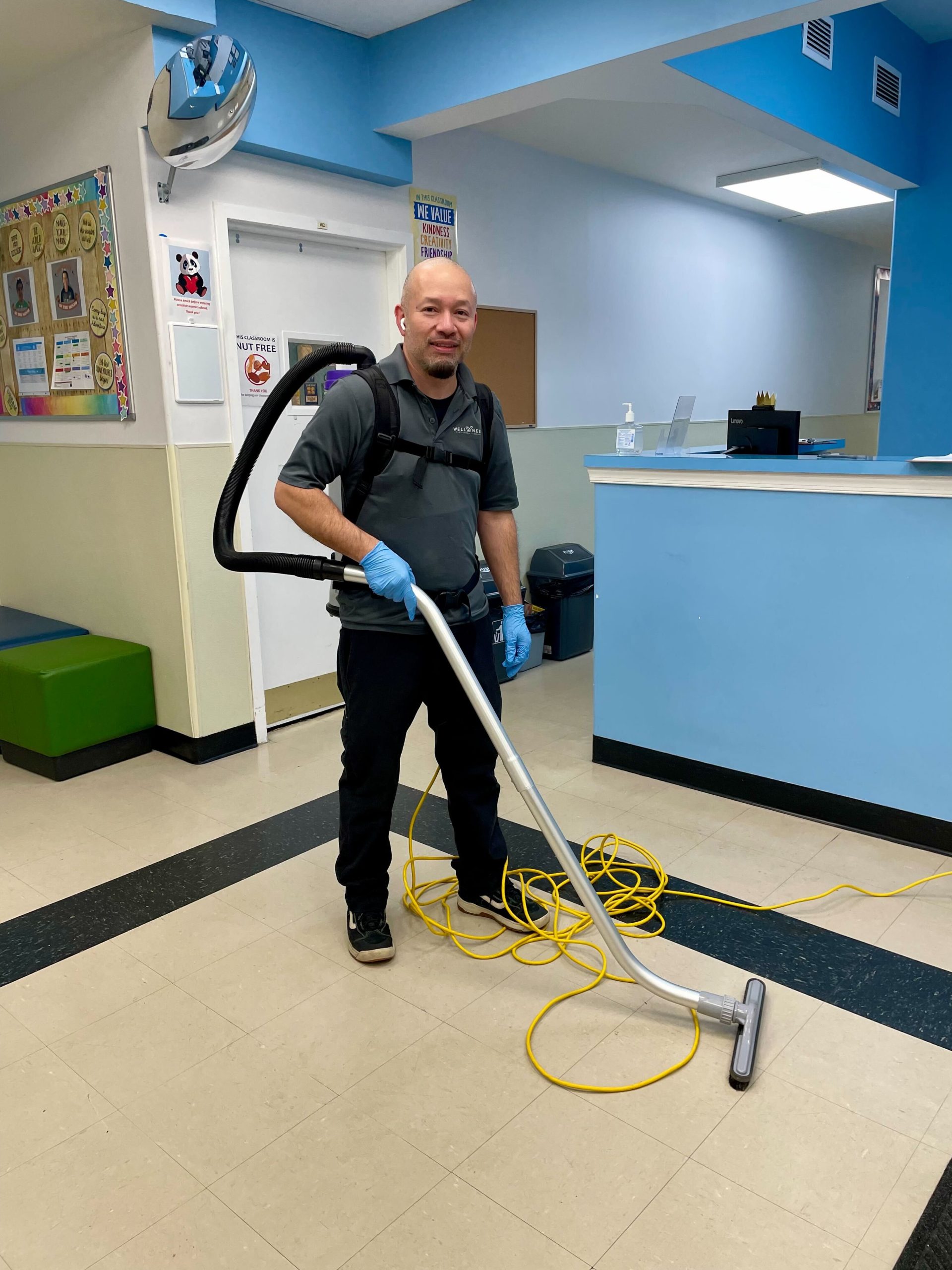The Importance of Soft Surface Sanitization in Preventing Workplace Illness

In the quest for a hygienic workplace, much emphasis is placed on sanitizing hard surfaces — desks, door handles, and keyboards, to name a few. However, soft surfaces, such as upholstery, carpets, and curtains, often go overlooked, despite playing a significant role in the overall cleanliness of the office environment. The sanitization of these soft surfaces is crucial in preventing the spread of workplace illness, a responsibility that businesses must not underestimate.
Understanding Soft Surfaces as Pathogen Carriers
Soft surfaces can harbor bacteria, viruses, and fungi for longer periods than their hard-surface counterparts. Every interaction with these materials, from a simple touch to sitting on upholstered furniture, can transfer pathogens. In an office setting where multiple employees may use the same space, this risk is magnified.
The Challenges of Soft Surface Sanitization
Cleaning soft surfaces presents unique challenges. Unlike hard surfaces, which can be easily wiped down with disinfectants, soft materials require different approaches. Traditional cleaning methods, such as vacuuming, may remove dirt and debris but do little to eliminate germs. Moreover, not all disinfectants are suitable for use on soft surfaces, necessitating specific cleaning agents and techniques.
Strategies for Effective Soft Surface Sanitization
- Regular Deep Cleaning: Professional deep cleaning services can remove the dirt, dust, and pathogens embedded in carpets, upholstery, and other soft furnishings. These services use specialized equipment and cleaning solutions designed for soft materials.
- Steam Cleaning: Steam cleaning is an effective method for sanitizing soft surfaces. The high temperature of the steam kills most bacteria and viruses, providing a deep clean without the need for harsh chemicals.
- Use of EPA-Registered Disinfectants: For daily or spot cleaning, use EPA-registered disinfectants that are safe for soft surfaces. Always follow the manufacturer’s instructions to ensure the material is not damaged.
- Encouraging Personal Hygiene: Encourage employees to practice good hygiene, including regular hand washing and using hand sanitizer. Personal responsibility in hygiene can significantly reduce the spread of pathogens.
- Implementing Protective Measures: Consider using protective covers on frequently used soft furnishings. These covers can be regularly washed or replaced, adding an extra layer of hygiene.
The Role of Professional Cleaning Services
Given the complexities involved in effectively sanitizing soft surfaces, professional cleaning services play a pivotal role. These services have the expertise, equipment, and appropriate cleaning agents to ensure that soft surfaces are properly sanitized without damage. Regularly scheduled professional cleanings can complement daily office cleaning routines, providing a comprehensive approach to workplace hygiene.
Why It Matters
Maintaining a clean work environment is essential for the health and well-being of employees. By including soft surface sanitization in cleaning protocols, businesses can significantly reduce the risk of workplace illnesses. This not only contributes to a healthier workforce but also reduces absenteeism and increases productivity, ultimately supporting the overall success of the organization.
The sanitization of soft surfaces is a critical but often overlooked aspect of workplace cleanliness. As businesses continue to prioritize the health of their employees, recognizing and addressing the challenges of cleaning these surfaces is essential. By implementing effective cleaning strategies and partnering with professional cleaning services, businesses can ensure a healthier, more productive work environment.
Don’t let overlooked surfaces be a health risk in your workplace. Contact WellNest Professional Cleaning at (571) 749-2121 to ensure your soft surfaces are as clean and sanitized as the rest of your office.